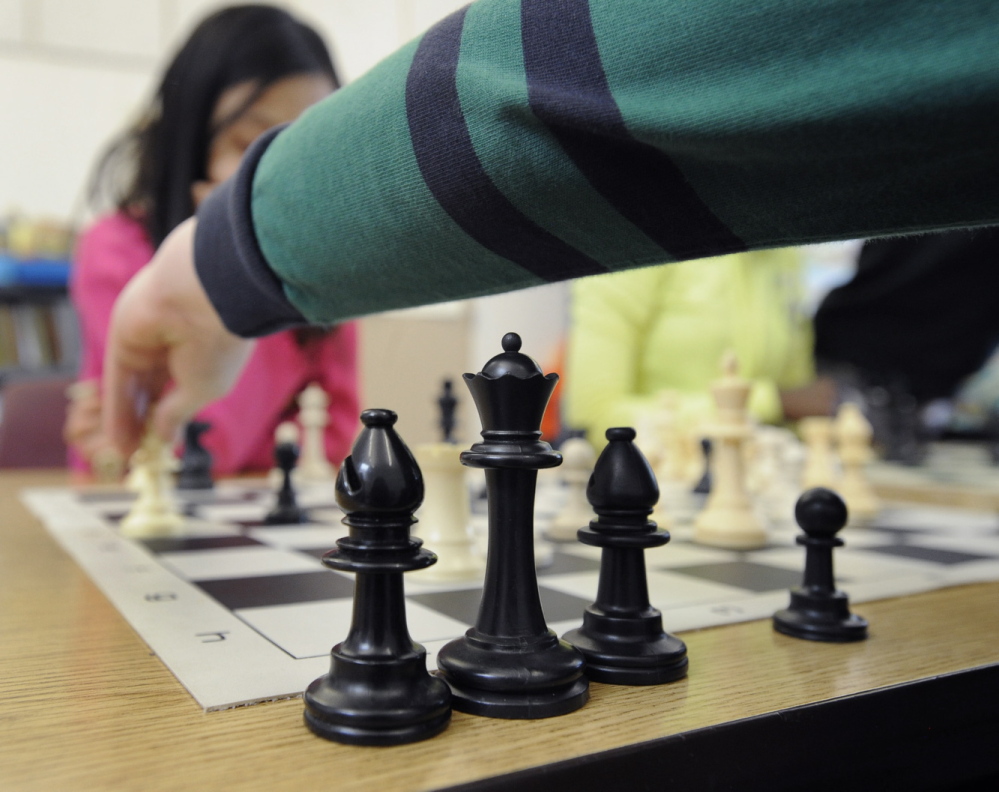Success in school is one of the key building blocks of a successful and productive life. No area of public policy has more potential to create opportunity, build communities and grow the economy than a commitment to high-quality, universal public education.
For it to work, we all have to be honest about the real-life barriers that stand in the way of the ideal.
In Maine, that has not been the way it’s been approached for some time. Since coming to office, Gov. Paul LePage has tried to improve the schools by tearing them down, falsely calling them the worst in the nation and accusing them of doing more to support unionized teachers than to teach children.
The climax of this campaign came last year when his Department of Education produced A-to-F report cards that gave 75 percent of schools a grade of C or worse.
NEW RANKING?
Last week, a national magazine appeared to challenge LePage’s argument. U.S. News & World Report ranked Maine as No. 1, tied with California, for the highest percentage of top-quality schools in the country. The ranking was welcomed by the president of the Maine Education Association as evidence of what the teachers union has been saying all along: “that Maine schools do a wonderful job of educating our students.”
But with all due respect to the educators, who have taken an unfair beating from the LePage administration, these rankings say nothing of the kind. Rather than contradict the LePage grades, they confirm them because the same schools received top scores in both systems.
What both sets of rankings show is that high-income communities, such as Falmouth, Yarmouth and Cape Elizabeth, have high-performing schools, and that communities with high rates of poverty have schools on the bottom. That’s not because the students in the high-income communities are smarter, or that their teachers are more creative or the curriculum more innovative.
It’s because poverty disrupts education and most students who live in highly stressed environments, without a secure place to sleep or enough good food to eat, will not be ready to learn at a high level.
There are exceptions, where people break through class boundaries as a result of extraordinary effort or good luck. The rankings, however, show that students in middle-class and upper-class communities are learning more than students in low-income schools. Family income makes a difference.
wrong debate
This is not news. It has been measured from every angle. Poor students are being deprived of their best opportunity to break out of poverty while we continue to focus on a pointless debate.
It’s not a question of whether Maine’s schools are terrible or whether they are just fine the way they are. It’s a matter of children being denied equal access to an education because families are not getting the support they need to move into the middle class and stay there.
The barriers include lack of access to health care, good nutrition and affordable housing. Some children won’t be able to learn if they have a parent who is financially trapped in an abusive relationship, or one who is addicted to drugs and needs treatment.
All these studies identify the real problem — that opportunity is not distributed equally.
We can address the underlying causes of low-performing schools, or we can identify scapegoats, pat the wealthy communities on the back and accept another generation of poverty.
Copy the Story LinkSend questions/comments to the editors.



Success. Please wait for the page to reload. If the page does not reload within 5 seconds, please refresh the page.
Enter your email and password to access comments.
Hi, to comment on stories you must . This profile is in addition to your subscription and website login.
Already have a commenting profile? .
Invalid username/password.
Please check your email to confirm and complete your registration.
Only subscribers are eligible to post comments. Please subscribe or login first for digital access. Here’s why.
Use the form below to reset your password. When you've submitted your account email, we will send an email with a reset code.